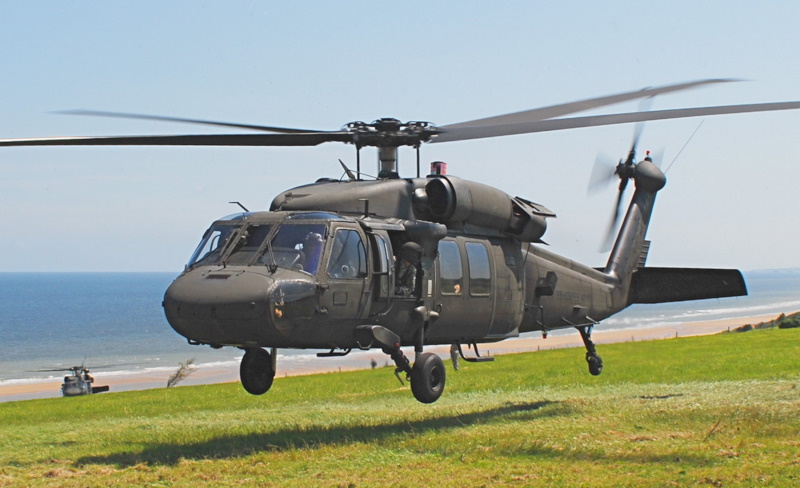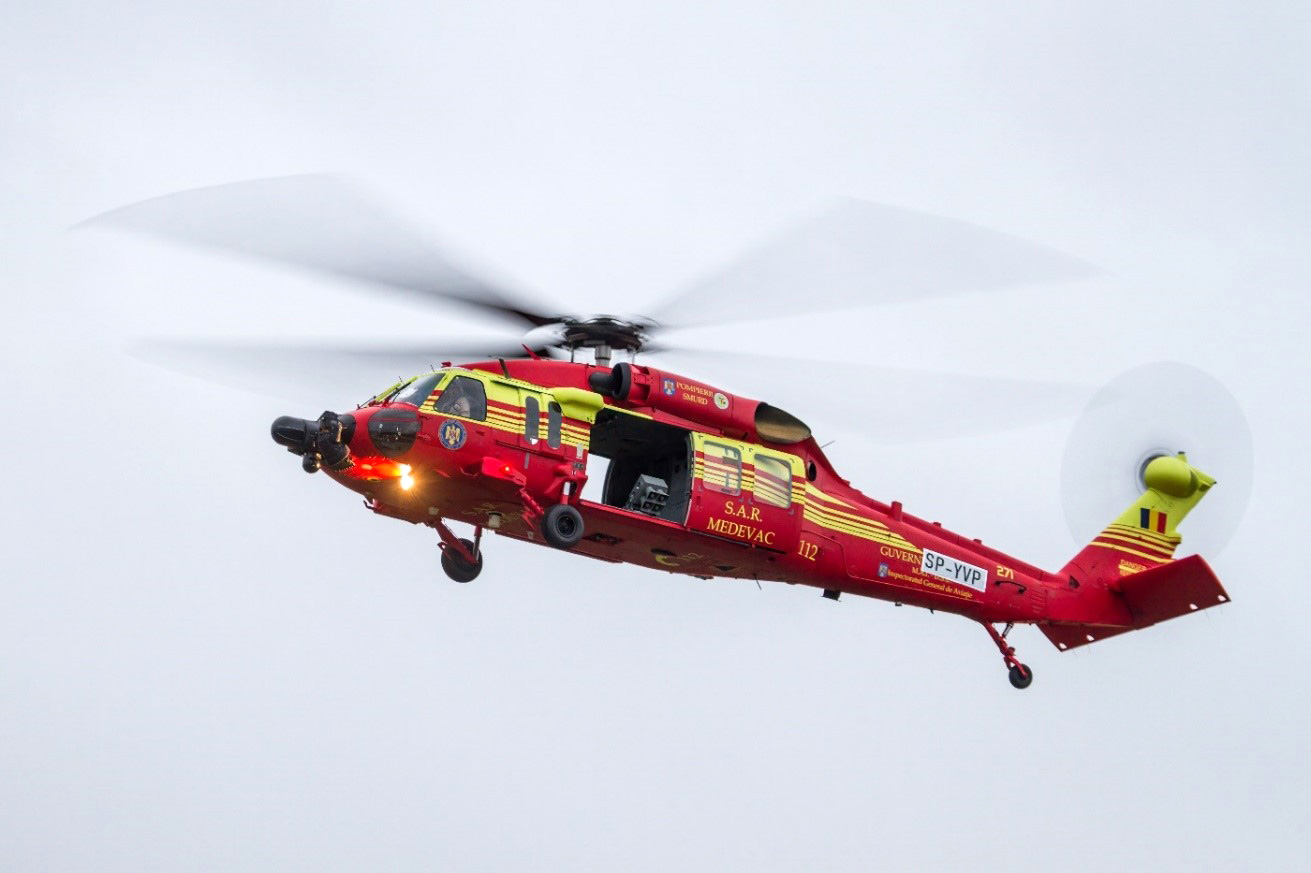High-Performance Multi-Role Rotorcraft Featuring Advanced Cockpit Technologies and Integrated Sensor Equipments
The realm of rotorcraft innovation has actually seen remarkable advancements in current times, specifically in the realm of high-performance multi-role rotorcraft geared up with innovative cabin innovations and effortlessly incorporated sensing unit systems. These technologies have not only augmented the operational capabilities of rotorcraft but have actually additionally substantially affected contemporary aviation procedures on different fronts. From improved mission versatility to improved operational efficiency, the convergence of sophisticated cabin technologies and integrated sensing unit systems has actually introduced a new era of possibilities for rotorcraft applications. In the following discussion, we will explore the advancement of rotorcraft technology, explore the realm of innovative cabin technologies, and take a look at the implications of incorporated sensor systems on the operational convenience and efficiency of contemporary rotorcraft.
Development of Rotorcraft Innovation
The evolution of rotorcraft technology has been noted by substantial advancements in the rules of aerodynamics, products, and propulsion systems, shaping the abilities and performance of contemporary rotorcraft. Furthermore, innovations in propulsion systems, including more powerful engines and ingenious propulsion modern technologies, have actually allowed rotorcraft to accomplish greater elevations, faster rates, and higher payloads.
These improvements have not just transformed the capabilities of rotorcraft but have actually additionally expanded their applications throughout different sectors, consisting of army, industrial, and emergency solutions. The constant development of rotorcraft technology remains to drive innovation in the area, pushing the borders of what is feasible and shaping the future of vertical flight.
Advanced Cabin Innovations
Structure upon the foundational improvements in the rules of aerodynamics, materials, and propulsion systems, the world of rotorcraft innovation currently moves focus in the direction of introducing Advanced Cabin Innovations. The combination of advanced modern technologies within the cockpit setting plays a critical function in boosting the operational abilities, security, and performance of contemporary rotorcraft. sikorsky s 70. Advanced Cockpit Innovations encompass a large array of attributes designed to give pilots with enhanced situational understanding, structured data administration, and instinctive control interfaces
One of the vital improvements in cabin design is the implementation of glass cabins, which change conventional analog determines with high-resolution displays. These electronic systems use customizable formats, real-time data assimilation, and improved readability, allowing pilots to accessibility critical details at a glimpse. Progressed avionics systems, such as fly-by-wire controls and boosted truth displays, are changing exactly how pilots connect with the aircraft, enabling for precise control and improved decision-making capabilities.


Integrating innovative cabin innovations not just boosts pilot performance yet also adds to overall objective efficiency and safety in complicated functional settings. By leveraging advanced modern technologies within the cabin, rotorcraft manufacturers are establishing new requirements for operational excellence and mission success.
Integrated Sensing Unit Systems
With the evolution of rotorcraft technology, the assimilation of innovative Integrated Sensor Equipment has become paramount in boosting operational efficiency and security. These Integrated Sensing unit Solutions encompass a wide selection of modern technologies that supply essential information for numerous functions such as navigating, surveillance, targeting, and ecological monitoring. By seamlessly incorporating sensors like radars, cams, lidar, and infrared systems into rotorcraft, drivers can take advantage of boosted situational recognition, boosted objective abilities, and reduced pilot work.
One secret benefit of Integrated Sensor Equipments is their capacity to gather real-time information and provide workable insights to pilots and objective drivers. As an example, advanced radar systems can find and track targets over cross countries, permitting early danger discovery and effective action planning. Furthermore, integrating electro-optical and infrared cameras allows rotorcraft to conduct reconnaissance and security missions with accuracy and precision.
Essentially, the integration of advanced sensor innovations right into rotorcraft not only improves operational performance but also adds significantly to general goal success and team safety. As rotorcraft remain to advance, the function of Integrated Sensing unit Solution will undoubtedly remain at the leading edge of innovation in the aerospace market.
Functional Convenience and Performance
Enhancing functional convenience and efficiency in rotorcraft is an all-natural development from the combination of innovative Integrated Sensing unit Solutions. By leveraging the information and insights given by these innovative sensing unit systems, rotorcraft can maximize their performance across different goals and environments.
Functional flexibility incorporates the capability of rotorcraft to adjust to different more helpful hints roles and circumstances efficiently. With innovative cabin modern technologies and integrated sensor systems, rotorcraft can flawlessly shift in between jobs such as search and rescue, medical emptying, surveillance, and much more. This adaptability enhances the rotorcraft's capacity to satisfy varied functional requirements without calling for substantial reconfiguration.
Effectiveness in rotorcraft operations is critical for optimizing goal effectiveness and source application. Integrated sensing unit systems play a critical function in enhancing functional efficiency by giving real-time information on climate condition, surface mapping, target tracking, and more. This data enables pilots to make informed decisions promptly, enhance flight courses, save gas, and improve total goal efficiency.
Effect On Modern Air Travel Operations

In addition, the integration of advanced sensors assists in boosted goal planning and execution, enabling rotorcraft to do a variety of tasks with boosted precision. From search and rescue procedures to aerial firefighting and police objectives, the capacities of modern-day rotorcraft furnished with innovative cockpit innovations and integrated sensor systems are exceptional.
In addition, the impact of these advancements prolongs past functional efficiency to cost-effectiveness and sustainability. By maximizing flight courses, fuel intake, and maintenance routines, high-performance rotorcraft equipped with advanced cockpit modern technologies and sensing units contribute to decreasing functional expenses and ecological influence, making them vital properties in modern-day aviation operations.
Final Thought
In verdict, the high-performance multi-role rotorcraft with innovative cabin technologies and integrated sensor systems represents a considerable development in air travel technology. These advancements boost operational flexibility and effectiveness, eventually affecting contemporary aviation procedures in a favorable means. The assimilation of these innovative technologies enables improved capacities and efficiency in numerous goal circumstances, showcasing the proceeded improvement of rotorcraft technology in the air travel industry.
The world of rotorcraft innovation has seen significant improvements in recent times, particularly in the realm of high-performance multi-role rotorcraft equipped with advanced cockpit modern technologies and flawlessly incorporated sensor systems. From enhanced goal adaptability to enhanced functional effectiveness, the convergence of advanced cabin innovations and incorporated sensing unit systems has ushered in a brand-new period of possibilities for rotorcraft applications. In the following discussion, we will certainly explore the evolution of rotorcraft technology, dig right into the world of advanced cabin innovations, and examine the effects of integrated sensing unit systems on the operational versatility and performance of contemporary rotorcraft.
